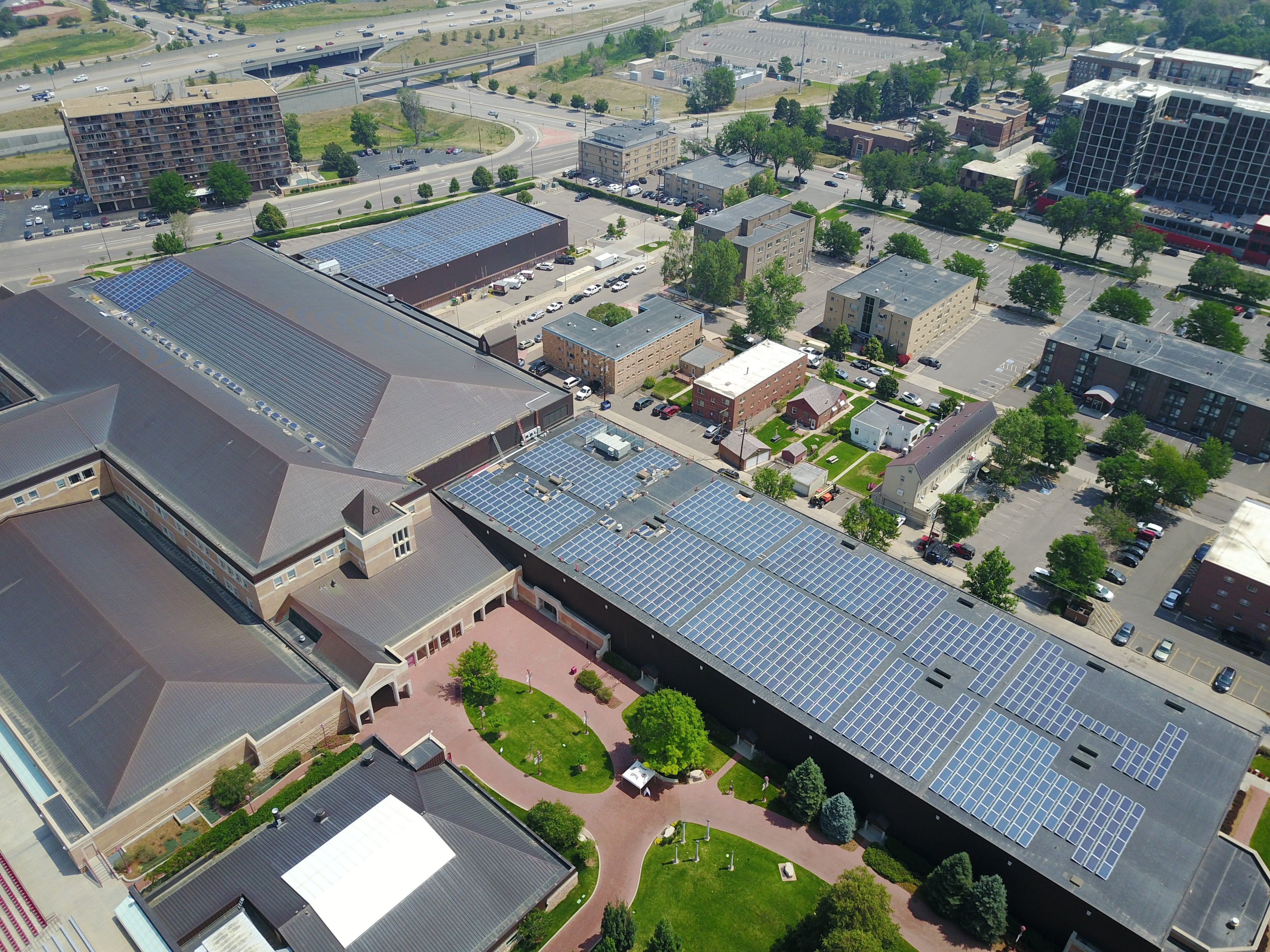Solar Renewable Energy Certificates 101
March 2, 2022

As more states, companies, and organizations commit to climate and renewable energy goals, you’ve likely heard at least a few new terms floating around—lingo like ESG Goals, VPPAs, or SRECs. We’ve already covered the meaning of the first two terms in our recent blogs, so today we are going to dive into what SRECs are, and why they may be significant for your organization.
What are SRECs?
SREC, pronounced “Ess-Wreck,” is an acronym for solar renewable energy certificate. SRECs are a specific type of renewable energy certificate (REC), which can encompass many kinds of renewable energy, such as solar, wind, or hydropower.
SRECs function as a market-based representation of the environmental, social, and other non-power attributes of renewable electricity generation. SRECs are sold separately from the actual electricity produced—one buyer can purchase the actual electricity generated from a solar project, and another could purchase the SRECs.
SRECs were initially created to give utilities a way to meet solar-specific production requirements within state renewable portfolio standards (RPS). Utilities can pay solar producers for the “green” value of their electricity by purchasing credits on the SREC market, and count it toward their solar power requirement. However, SREC markets only operate in certain states: Delaware, Illinois, New Jersey, Massachusetts, Maryland, Pennsylvania, Ohio, and Washington D.C. Some additional states, including Indiana, Kentucky, Michigan, and West Virginia have areas that are eligible for participation in outside SREC markets, but do not have their own SREC market.
Each SREC represents one megawatt-hour (MWh), or 1,000 kilowatt-hours (kWhs), of electricity. For reference, that's enough electricity to power the average American home for 1.2 months, drive an electric vehicle 3,600 miles, or smelt 137 pounds of aluminum. A typical commercial solar system of 100 kW will produce about 120 MWh of electricity per year on average, therefore earning 120 SRECs annually. A typical home solar system of 10 kilowatts (kW) will produce about 12 MWh of electricity per year on average, therefore earning 12 SRECs annually.
Selling Your SRECs
Because each state has its own SREC market, SRECs are priced differently in every state. Pricing is determined by two major factors:
-
The dollar figure the state set for Alternative Compliance Payments (ACP), a fine levied for failing to procure one megawatt-hour of solar power. This number usually determines the highest price an SREC could hit—if an SREC price is higher than the ACP price, utilities would pay the fine instead.
-
The supply of RECs on the market. As you would expect with any market, supply and demand impact pricing. When supply is low and demand is high, prices rise, and vice versa.
SREC prices vary widely, from $10 in Ohio to $425 in Washington DC. If you’re thinking about getting involved with trading SRECs, the team at Pivot Energy can help you navigate what SREC incentives may be available to you.
Once a solar project has been registered to the SREC market, the SRECs can be sold in one of three ways:
-
The rights to all of the system’s SRECs can be sold for an upfront payment.
-
The SRECs can be sold via a contract for a set period of time, typically three, five, or ten years.
-
The SRECs can be sold on the spot market as they are produced
Each of these options offers different financial benefits to fit the needs of your business. Selling the rights to all SREC credits upfront can help to pay off the cost of project construction. Selling via a timeframe contract can guarantee consistent income. Selling on the spot market, while riskier, offers the ability to cash in on trends in rising SREC prices.
Keeping Your SRECs
It’s also possible to keep the SRECs you produce. By holding onto your SRECs you reserve the right to make solar power “use claims.” This means your organization can proudly tout that it is powered by solar, reducing its carbon footprint, or even that you’re making progress toward company clean energy goals.
With consumer demand for sustainability on the rise, reserving your right to claim the environmental impact of your solar production offers a way to market to a growing audience.
Promoting the fact that your company is powered by solar can capture the 79% of consumers who report changing their purchasing habits based on environmental impact, social responsibility, or inclusiveness.
An excellent example of the benefits of keeping your SRECs can be seen in a solar project Pivot Energy developed in 2020 for the University of Denver (DU). The 2.25 MW, 7,000-panel project generates enough electricity to fulfill 7-8% of the school's electricity needs, far surpassing the University’s goal of meeting 5% of its electricity needs through on-site renewable energy projects. Pivot Energy worked with DU to create a unique project structure that allowed the University to retain 100% ownership of the SRECs produced, thereby allowing DU to claim legal ownership of the environmental, social, and other non-power benefits associated with the project.
Can SRECs Help Your Organization?
Whether you intend to sell your SRECs or keep them, the SREC market offers unique benefits for solar project owners. If you’ve been considering installing solar but are daunted by the upfront cost, SRECs may be the solution to your financial constraints. Whatever your unique situation, the team at Pivot can help maximize the benefits of SRECs for your organization. Contact us today.





